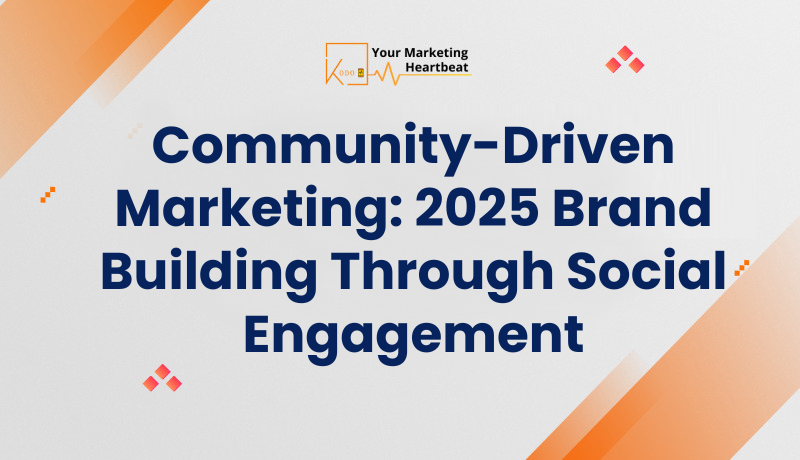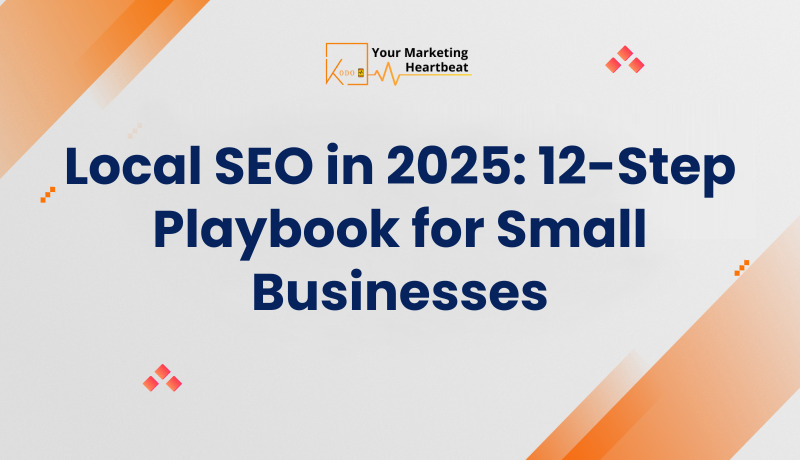
In the rapidly evolving landscape of marketing, community-driven strategies are emerging as a powerful tool for brands aiming to foster deeper connections with their audiences. As we approach 2025, the importance of building and nurturing brand communities cannot be overstated. This article explores the essence of community-driven marketing, its significance, and actionable strategies for brands to thrive in this new era of social engagement.

Community-driven marketing is a strategic approach that emphasizes the creation and nurturing of a loyal customer base that actively engages with a brand. Unlike traditional marketing methods that focus on one-way communication, community-driven marketing encourages two-way interactions, allowing consumers to become advocates for the brand.
Today’s consumers are more discerning than ever. They seek authentic connections and personalized experiences. According to recent studies, a significant percentage of consumers express frustration when brands fail to meet their expectations for engagement and personalization. This shift highlights the need for brands to adapt their marketing strategies to foster genuine relationships with their audiences.
Social engagement is at the heart of community-driven marketing. By leveraging social media platforms and online communities, brands can create spaces where customers feel valued and heard. This engagement not only enhances brand loyalty but also encourages customers to share their experiences, further amplifying the brand’s reach.
Implementing community-driven marketing strategies offers numerous advantages for brands looking to build lasting relationships with their customers.
When customers feel a sense of belonging within a brand community, their loyalty increases. Engaged customers are more likely to make repeat purchases and recommend the brand to others, leading to organic growth.
Community-driven marketing can be a cost-effective alternative to traditional advertising. By empowering customers to share their experiences and advocate for the brand, companies can reduce their customer acquisition costs significantly.
Communities provide brands with direct access to customer feedback and insights. By actively listening to community members, brands can identify trends, preferences, and pain points, allowing for more targeted marketing strategies.
To successfully implement community-driven marketing, brands must adopt specific strategies that foster engagement and connection.
Establishing dedicated online spaces, such as forums or social media groups, allows customers to engage with each other and the brand. These platforms should encourage discussions, share valuable content, and facilitate connections among members.
User-generated content (UGC) is a powerful tool for building community. Brands should encourage customers to share their experiences, stories, and creations related to the brand. This not only fosters engagement but also provides authentic content that resonates with potential customers.
Social media is a vital channel for community-driven marketing. Brands should actively engage with their audience on platforms like Facebook, Instagram, and Twitter. Regularly posting updates, responding to comments, and hosting live events can enhance brand visibility and foster a sense of community.
In-person or virtual events provide opportunities for community members to connect on a deeper level. Brands can organize workshops, webinars, or meetups that align with their audience’s interests, creating memorable experiences that strengthen relationships.
Listening to community members is crucial for building trust and loyalty. Brands should implement feedback mechanisms, such as surveys or polls, to gather insights and demonstrate that they value their customers’ opinions.
While the benefits of community-driven marketing are significant, brands may encounter challenges in their implementation.
Maintaining a positive and constructive community requires effective moderation. Brands must establish clear guidelines for engagement and ensure that discussions remain respectful and on-topic.
As communities grow, brands may face challenges in balancing their messaging with the narratives created by community members. It’s essential to maintain brand integrity while allowing for authentic conversations.
With the rise of online communities, data privacy has become a critical concern. Brands must prioritize the protection of their community members’ information and comply with relevant regulations.
To assess the effectiveness of community-driven marketing efforts, brands should track specific metrics.
Monitoring engagement metrics, such as likes, shares, comments, and active participation in discussions, provides insights into the community’s health and vibrancy.
Tracking customer retention rates can help brands understand the impact of their community-building efforts. A loyal community often translates to higher retention rates and repeat purchases.
Evaluating how actively community members advocate for the brand during crises or challenges can provide valuable insights into the strength of the community.
As we move toward 2025, community-driven marketing will continue to evolve. Brands that prioritize authentic engagement and foster meaningful connections with their audiences will be better positioned for success.
Advancements in technology, such as AI and data analytics, will play a crucial role in shaping community-driven marketing strategies. Brands can leverage these tools to gain deeper insights into customer behavior and preferences.
Building inclusive communities that welcome diverse voices will be essential for brands looking to create authentic connections. Emphasizing inclusivity can enhance brand loyalty and attract a broader audience.
The digital landscape is constantly changing, and brands must remain agile in their community-driven marketing efforts. Regularly assessing strategies and adapting to emerging trends will be vital for long-term success.
Community-driven marketing represents a paradigm shift in how brands engage with their audiences. By prioritizing authentic connections, fostering engagement, and leveraging the power of social media, brands can build loyal communities that drive sustainable growth. As we approach 2025, embracing community-driven strategies will be essential for brands looking to thrive in an increasingly competitive landscape.
In this new era of marketing, the question is not just how many followers a brand has, but how deeply those followers are connected to the brand itself. Are you ready to embrace the power of community-driven marketing?



April 23, 2024